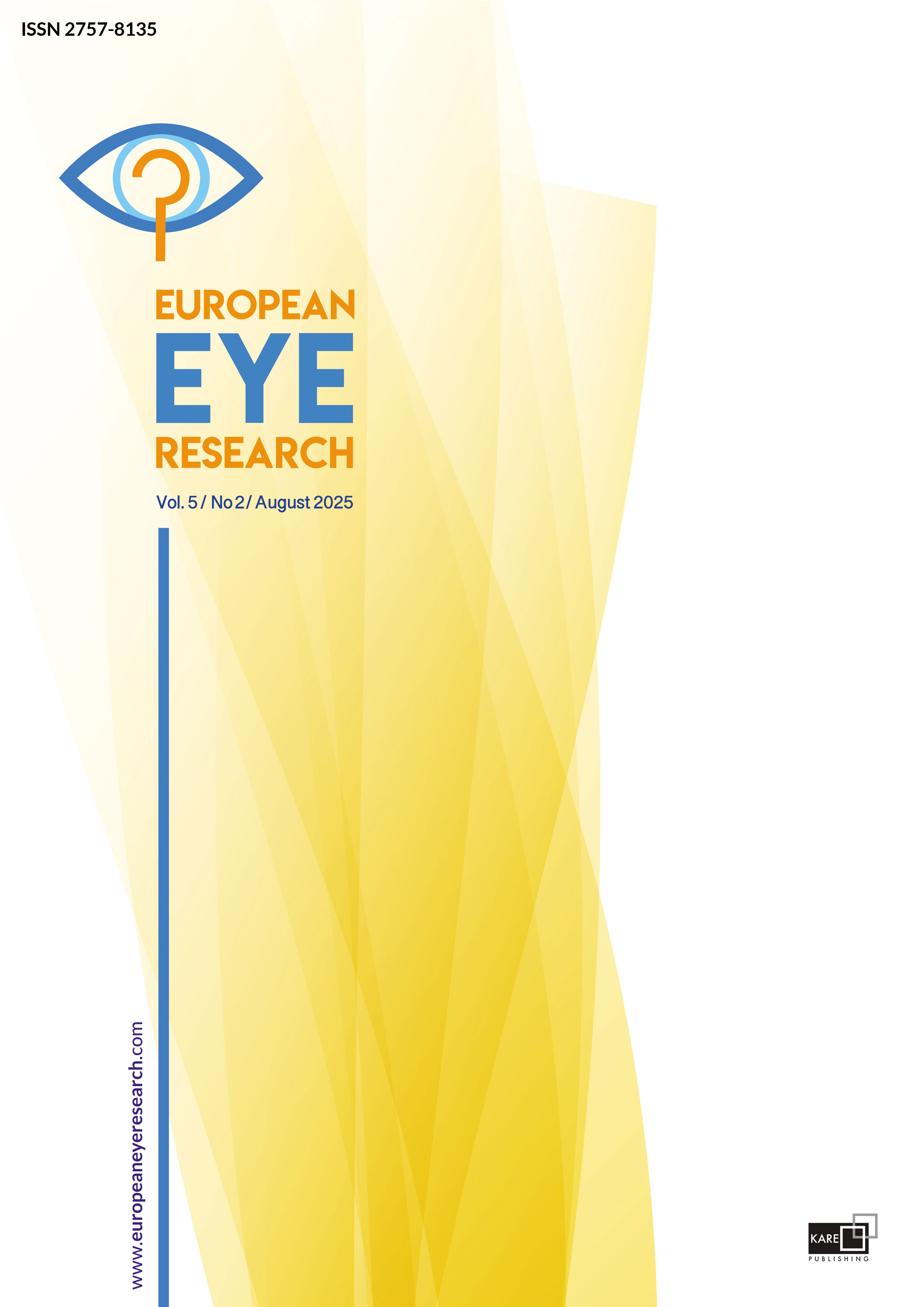

An evaluation of quality and usefulness of information on YouTube videos about pterygium and its treatment
Bahadir Azizagaoglu, Leyla Asena, Dilek Dursun AltinorsDepartment of Ophthalmology, Baskent University, Ankara, TürkiyePURPOSE: We aimed to evaluate the quality of information available on YouTube regarding the basic information, examination, diagnosis, and treatment of pterygium.
METHODS: An online YouTube search was performed on January 10, 2023, for the following three terms: pterygium surgery, pterygium surgery for patients, and pterygium surgery patient education. The first 50 videos were evaluated for each term. Videos were evaluated using three checklists (the modified DISCERN criteria, the Journal of the American Medical Association [JAMA] criteria, and the Global Quality Score [GQS]). Videos were classified into three groups according to the source of the upload: Group 1, doctors; Group 2, profit-oriented clinics; and Group 3, independent users.
RESULTS: After the exclusion of duplicate videos, a total of 133 videos were included for analysis. Sixty-nine (51.9%) videos were uploaded by physicians/doctors, 54 (40.6%) by profit or non-profit-oriented clinics, and 10 (7.5%) by independent users including patients and content creators. The JAMA score was significantly lower in videos uploaded by patients and content creators when compared to videos uploaded by doctors and clinics (p<0.001). All quality scores including the DISCERN score, GQS, and JAMA score were significantly lower in videos describing patient experiences (p<0.001, p<0.001, and p=0.011, respectively), when compared to narrated surgery videos and informative videos. The highest positive correlation was observed between the DISCERN score and the GQS. View rates were significantly correlated with the number of likes. In addition, videos with higher subscriber numbers tended to have a significantly higher number of likes and a higher GQS.
CONCLUSION: Health-related videos on social media platforms, which serve as informational resources, need to be produced by more qualified professionals, and the information they include needs to be objectively provided regarding all available treatment options, potential side effects, and the healing process.
Manuscript Language: English



